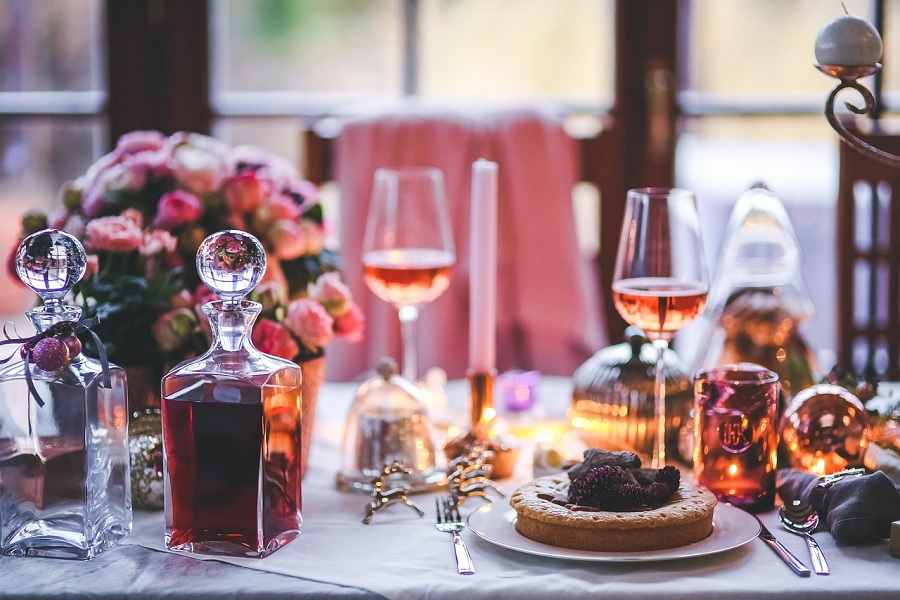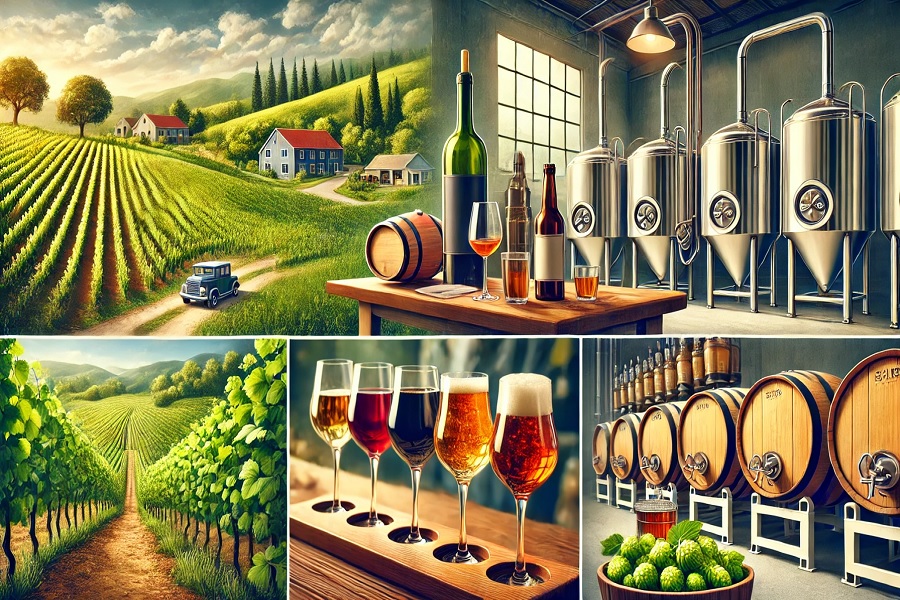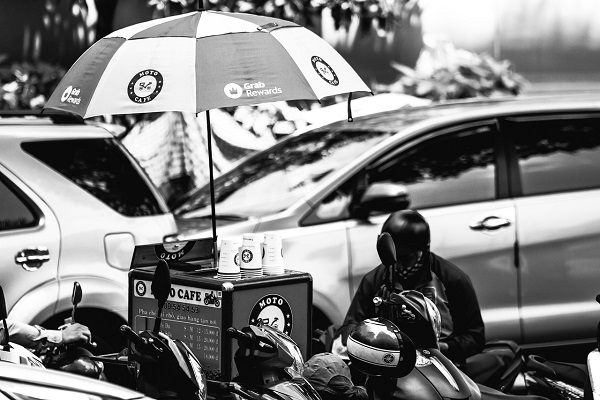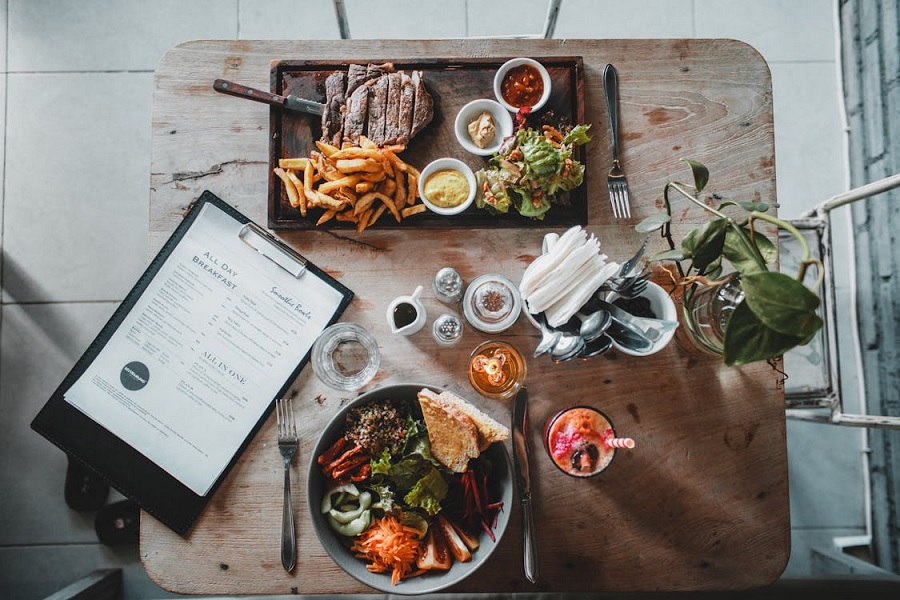The Art and Science of Grapes and Wine : A Timeless Journey

Wine, one of the oldest and most revered beverages, has captivated human taste buds for thousands of years. The journey from grapevine to glass is an intricate dance between nature, craftsmanship, and science. At the heart of this journey lies the humble grape - the essential fruit that gives birth to wines that range from sweet to dry, light to bold, and simple to complex. Understanding the origins and process of winemaking deepens the appreciation for this beloved drink.
The Grapes: The Soul of Wine
Wine begins with the grape, but not just any grape. While there are thousands of grape varieties grown worldwide, only a select few are used to produce wine. These varieties are specifically cultivated for their ideal balance of sugar, acid, and tannins - the elements that define the wine's flavor profile.
Some of the most famous grape varieties include:
* Cabernet Sauvignon: Known for its bold flavors and aging potential, this red grape variety is grown in regions like Bordeaux, Napa Valley, and Coonawarra.
* Chardonnay: A versatile white grape, Chardonnay adapts well to various climates and is used to produce a range of wine styles, from buttery and oaky to crisp and fresh.
* Pinot Noir: Known for its delicate flavors, this red grape variety is notoriously difficult to grow but produces some of the world's finest wines, especially in regions like Burgundy and Oregon.
* Merlot: This smooth and approachable red grape is favored for its softer tannins and fruit-forward flavors, making it one of the most popular varieties in the world.
The best wines come from grapes grown in specific climates, known as terroir. Terroir refers to the unique environmental factors of a vineyard, including soil, weather, and topography, that influence the grape's flavor. This is why wines from different regions, even using the same grape variety, can taste distinctly different.
The Winemaking Process: Turning Grapes Into Wine
Once the grapes are harvested, the transformation from fruit to wine begins. The winemaking process involves a series of precise steps, where each decision - from when to pick the grapes to how long to age the wine - affects the final product.
1. Harvesting: The first step in winemaking is selecting the right time to harvest the grapes. Grapes must be picked at the peak of ripeness, which varies depending on the region and the desired style of wine. The timing of the harvest is crucial, as it affects the grape's sugar and acid content, which in turn influences the wine's flavor and aging potential.
2. Crushing and Pressing: After harvesting, the grapes are crushed to release their juice. For red wines, the grape skins are typically left in the juice to extract color and tannins. In contrast, white wines are usually made by separating the juice from the skins early in the process.
3. Fermentation: Fermentation is the magical process where yeast converts the sugars in the grape juice into alcohol. This step can take several days to weeks, depending on the type of wine being made. During fermentation, the temperature and yeast type are carefully controlled to ensure that the wine develops the desired flavors and aromas.
4. Aging: After fermentation, wine is often aged to enhance its complexity. Aging can occur in stainless steel tanks, glass bottles, or oak barrels, each imparting its unique characteristics. Oak aging, for instance, can add flavors of vanilla, spice, and toast to the wine, while stainless steel preserves the wine’s fresh and fruity qualities.
5. Bottling: Once the wine has aged to perfection, it is filtered and bottled, ready to be enjoyed by wine lovers around the world. Some wines, particularly reds, may benefit from further bottle aging, allowing their flavors to evolve and mature over time.
Wine Regions: Where Grapes Meet Terroir
Some of the most renowned wine regions around the world are known for their specific climate conditions and terroir, which produce wines with unique flavors and characteristics.
* Bordeaux, France: Bordeaux is one of the most famous wine-producing regions in the world, known for its red blends made primarily from Cabernet Sauvignon, Merlot, and Cabernet Franc. The region's temperate climate and gravelly soils create wines with deep flavors and the ability to age gracefully.
* Tuscany, Italy: Tuscany is home to some of Italy’s most iconic wines, including Chianti and Brunello di Montalcino. The region's rolling hills, combined with its warm Mediterranean climate, create the perfect environment for Sangiovese grapes, which produce wines with bold, savory flavors and high acidity.
* Napa Valley, USA: Napa Valley is perhaps the most famous wine region in the United States. The region's Mediterranean climate is perfect for growing Cabernet Sauvignon, Merlot, and Chardonnay, producing wines that are rich, ripe, and full of flavor. Napa’s wineries attract wine lovers from all over the world, offering tours and tastings year-round.
* Mendoza, Argentina: Mendoza is Argentina's most important wine-producing region, famous for its Malbec wines. The region's high-altitude vineyards, paired with dry, sunny conditions, help create rich, full-bodied wines with bold fruit flavors and smooth tannins.
* Barossa Valley, Australia: Known for its Shiraz, Barossa Valley is one of Australia’s premier wine regions. The region’s warm climate and old vines produce wines with intense flavors, making Barossa Shiraz a favorite among wine enthusiasts.
The Pleasure of Wine Tasting
Wine tasting is an art that allows enthusiasts to experience the full range of flavors, aromas, and textures a wine has to offer. During a wine tasting, sommeliers or winemakers guide participants through a sensory exploration, highlighting the wine's appearance, aroma, taste, and finish. The process of swirling, sniffing, and sipping is not only an enjoyable experience but also a way to appreciate the complexities and nuances of the wine.
Some essential tips for wine tasting:
* Look: Observe the wine’s color and clarity. Is it pale, deep, cloudy, or clear? The color can give clues about the wine's age, grape variety, and the winemaking process.
* Smell: Swirl the wine in your glass and take a deep sniff. The aromas can range from fruity and floral to earthy or spicy, offering a first impression of the wine’s profile.
* Taste: Take a small sip and let the wine coat your mouth. Notice the balance of sweetness, acidity, tannins, and alcohol. The aftertaste, or “finish,” is also an important factor in determining the wine's quality.
























